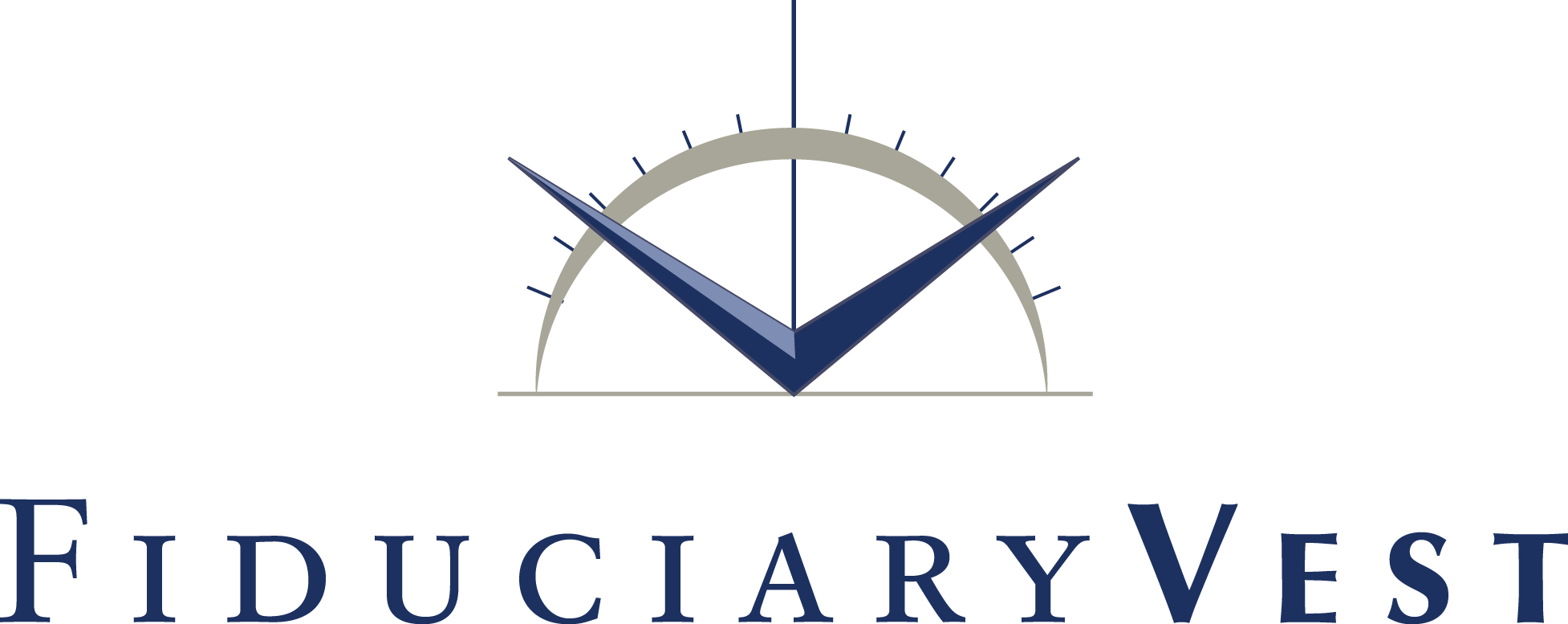
Nowhere to hide…
Smaller retirement plans are no longer off-the-radar for ERISA class action plaintiff attorneys. Here’s what plan sponsors need to do now to protect themselves.

A recent class action complaint filed against the plan sponsor of LaMettry’s Collision, Inc. 401(k) Profit Sharing Plan proves that no fiduciaries are safe from scrutiny. Of the dozens of complaints filed against plan sponsors in the last few years, the LaMettry Collision, Inc. Plan is by far the smallest, with $10 million in assets and just over 100 participants.
This is likely just the beginning for mid- and small-sized plans. As the number of complaints and lawsuits increase and attorneys improve their knowledge and process, the pace seems almost certain to accelerate.
What are the Plaintiffs Alleging?
As fiduciaries ourselves, one thing that is comforting is how similar these complaints are and how simple, in hindsight, they may have been to prevent. Nearly all the complaints, at their core, allege that plan fiduciaries failed to demonstrate the following:
- A process for selecting and monitoring the investments offered to participants and/or;
- A process for periodically benchmarking fees and using the clout of plan assets to negotiate fees for participants that are appropriate for the plan’s asset size.
In short, the complaints allege that fiduciaries neglected the basic “blocking and tackling” of plan fiduciary oversight.
Eight Best Practices for Plan Sponsors
Here are several fundamentals every plan sponsor needs to execute well:
- Form a Committee and meet at least annually. Three to five members usually provides enough diversity while remaining efficient. Membership typically combines senior executives from finance, human resources and legal.
- Draft a simple Investment Policy Statement and follow it. Several recent cases allege breach of duty by fiduciaries by pointing to unfollowed processes from neglected Investment Policy Statements.
- Create minutes for every Committee meeting, focusing on decisions made and rationale/thought process behind each. Remember, the standard for decision making should be solely pursuing the best interest of participants, and minutes should reflect that deliberation and thought process.
- Quantify each of the plan’s major fee components and benchmark and negotiate each. For most plans, the major fee components include: investments, recordkeeping and administration and advisory.
- To simplify the fee analysis (and because this is the direction the pension investment community is heading anyway), consider eliminating revenue sharing from the plan through the use of institutional share classes. They are available now to almost any size plan, so no reason not to offer them to participants. One of the main benefits of a more direct and transparent approach to fees within the plan environment is that it becomes much easier to understand, negotiate and monitor plan fees.
- Introduce low-cost, passive investment options where appropriate. Past performance arguments aside, the use of a “sleeve” of passive options will simplify some of the performance oversight process and mitigate the risk of being accused of only offering higher cost options.
- Test the recordkeeping waters every three years. With investment fees falling, the cost of plan administration is becoming the largest component of total plan cost, especially for small and mid-sized plans. Be sure to benchmark and negotiate fees regularly as the plan grows and the market inevitably changes.
- Hire a fiduciary partner that specializes in retirement plan work. Independent RIAs whose primary source of income is retirement plan consulting and whose income is immune from investment choices will likely provide the most unbiased guidance to fiduciaries. A good advisor will manage the process described above, make the plan sponsor’s life demonstrably easier, and mitigate litigation risk, providing somewhere rather than nowhere to hide.





